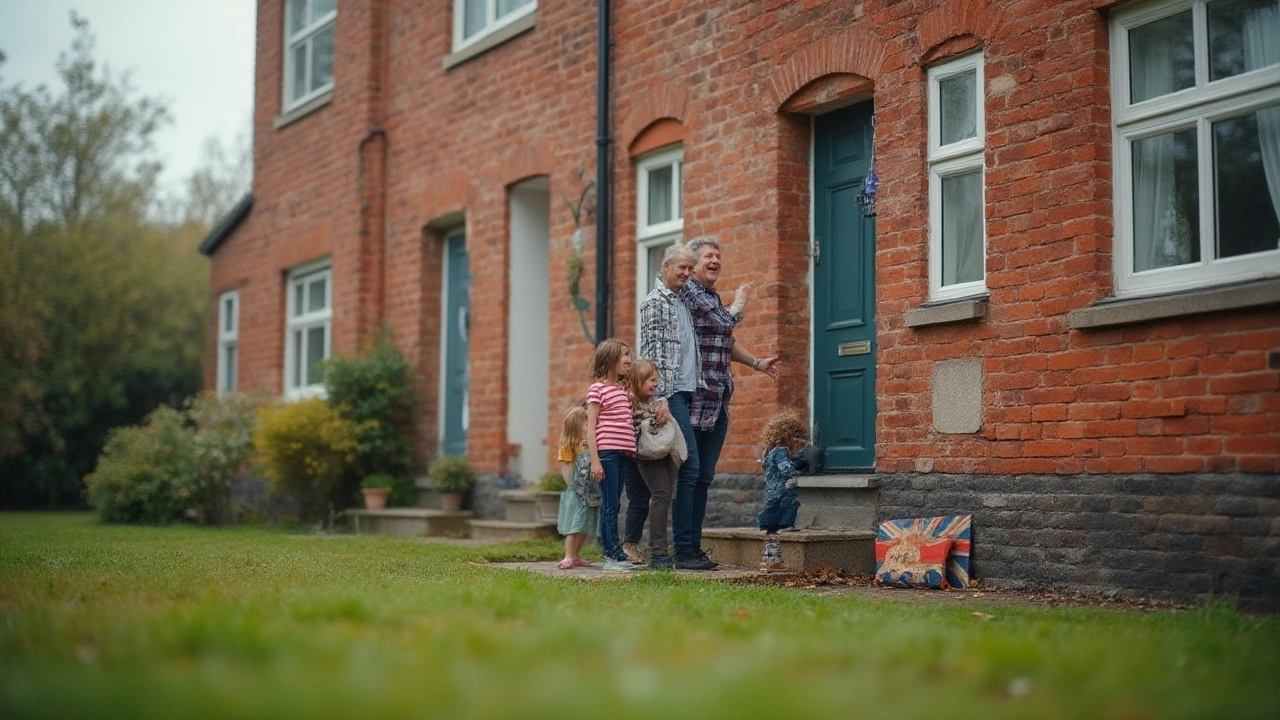Water Damage: Spot It Early, Stop It Fast, Protect Your Floors
Water sneaks in, steals your peace, and can ruin flooring before you even notice. A small leak under the sink, a burst pipe in the basement, or a rainy day splash through a window can all start a chain reaction. The good news? You don’t need a PhD to catch it early and fix it. Below are real‑world steps you can take today to keep your home dry and your floors looking great.
How to Spot Water Damage Early
First sign? A strange smell. Musty, earthy odors often mean hidden moisture. Next, glance at walls and ceilings – any yellowing paint, bubbling wallpaper, or dark patches are red flags. Feel the floor: cold spots or soggy areas that feel different from the rest? That’s a clue. Finally, listen. Dripping sounds at odd hours usually point to a leak you haven’t seen yet. When you spot any of these, act immediately: turn off the water source, dry the area with towels or a dehumidifier, and call a professional if the source isn’t obvious.
Fixing Water Damage on Different Flooring Types
Hardwood floors love dry air; they shrink, warp, or cup when soaked. If water hits hardwood, wipe the surface right away, then use a fan to circulate air. For minor warping, sand the affected boards and refinish. If the damage runs deep, you may need to replace the board and let the subfloor dry completely before reinstalling.
Laminate looks great but hates moisture. A single spill can lift the click‑lock system. Blot up any liquid, then let the plank air‑dry for at least 24 hours. If the edges start to swell, you’ll likely have to replace the affected planks. Under‑floor heating works well with laminate, but only if the floor stays dry.
Tile and stone are the toughest against water, but grout can become porous over time. After a leak, scrub the grout with a mix of baking soda and water, then reseal it to block future moisture. If the adhesive underneath has softened, pull up the tile, let the subfloor dry, and re‑install with a water‑resistant mortar.
Vinyl flooring, especially luxury vinyl plank (LVP), tolerates spills better than wood but still suffers when water seeps underneath. Remove any standing water, lift the edges if possible, and dry the subfloor. Once dry, re‑adhere the vinyl using a waterproof adhesive. For large areas, consider adding a moisture barrier underneath to avoid repeat issues.
Carpets are the most vulnerable. If a carpet gets soaked, pull it up as quickly as you can, dry the pad with fans, and use a carpet cleaner that fights mold. In many cases, the pad will need replacement even if the carpet looks okay.
Regardless of flooring, the key is to act fast, dry thoroughly, and check for hidden mold. Mold can appear within 48 hours behind walls or under carpets, causing health problems and further damage. A simple DIY test is to tape a clear plastic sheet to the floor; if you see condensation after 24 hours, moisture is still present.
Prevention is the cheapest repair. Install water alarms near washing machines, water heaters, and basements. Keep gutters clean, and seal cracks around windows and doors. Regularly inspect pipe joints and consider a waterproofing membrane under concrete slabs if you live in a flood‑prone area.
When you combine early detection, proper drying, and the right repair method for your flooring, water damage stops being a nightmare and becomes a manageable chore. Your home stays safe, your floors stay beautiful, and you keep your peace of mind.
How to Spot Signs of Water Damage in Your Home's Foundation
- Gavin Whitaker
- |
- |
- 0
Curious about the warning signs of water damage in your home's foundation? Discover how to identify issues, from sneaky cracks to that musty basement smell, before it becomes a disaster.
View more